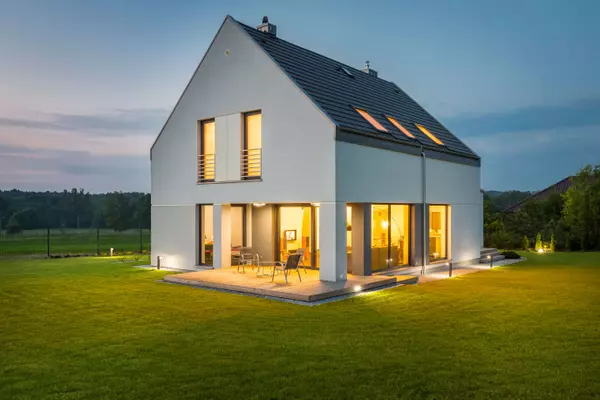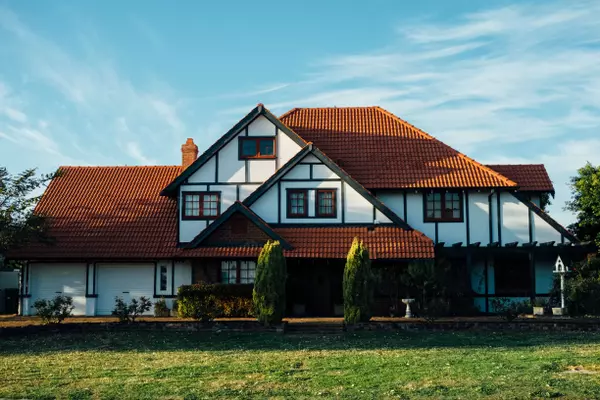Modular construction advancements could help address the housing shortage
Although modular construction has been a long-time construction option, advancements in technology, data and automation are making it more viable at scale, according to recent research from McKinsey & Co., which analyzed more than 700 companies in 50 countries.
The data draws on interviews conducted by McKinsey with more than 20 global executives. Its database of 700 modular construction and manufactured housing companies represents 40% to 50% of the market, the report noted.
The findings suggest that modular methods can reduce labor needs by up to 40%, speed project timelines by as much as 50%, cut costs when executed at scale and even reduce emissions.
As a result, the modular industry poses a solution to some of the construction industry’s biggest challenges — including but not limited to costs, worker shortages and housing demand.
But the modular market is highly fragmented, with few large players and more than 500 companies with less than $58 million in revenue. Companies that handle both manufacturing and assembly typically reported stronger margins, averaging 15% to 20% EBITDA, compared with 5% for manufacturers alone.
McKinsey said that approximately 60% of modular companies operate in the single-family housing segment. But profitability is higher for hotels and health care facilities, where standardized factory production can offset higher costs and specialized requirements.
“When you do it in a factory, you can leverage much more automation, or semi-automation, and production lines. You can build much more with much less labor,” Erlend Spets, one of the co-authors of the report and an associate partner at the firm’s Oslo office, told HousingWire in an interview.
Given the rise of modular business in the housing industry, Spets said that he and his co-authors are seeing a significant increase in demand, especially when it comes to solving the affordable housing crisis across North America.
“When we start researching these companies, we also see that there’s a lot of innovation, new technology, digital solutions that are now allowing modular construction to finally deliver its promise,” Spets said. “That promise is, of course, going to reduce the time of construction, potentially also lower the cost of construction and produce higher quality homes, etc.”
Out of 700-plus companies in McKinsey’s study, 300 of them are in North America, Spets said.
“It’s quite a lot of the data, actually, that’s coming from the North American side. Of course, there are some nuances, material preference, for example, which in North America has a higher bias towards timber. But other than that, we see a lot of the same characteristics and the same success factors in America as in a global level.”
Spets said that when evaluating modular construction markets on a regional basis, areas such as Scandinavia, Japan and Germany are scaling up production. “Areas where labor is expensive get more value out of modular because they’re able to reduce workforce,” he explained.
But these countries are keeping business local. The report found that more than 60% of modular construction companies in McKinsey’s database operate in localized markets. About 20% to 25% of companies operate at a regional level, typically with multiple factories or regional exports. Only 15% operate at a global scale.
But Spets and his co-authors concluded that the most successful companies don’t overexpand without demand, as that has led to bankruptcies in the modular industry.
Categories
Recent Posts









